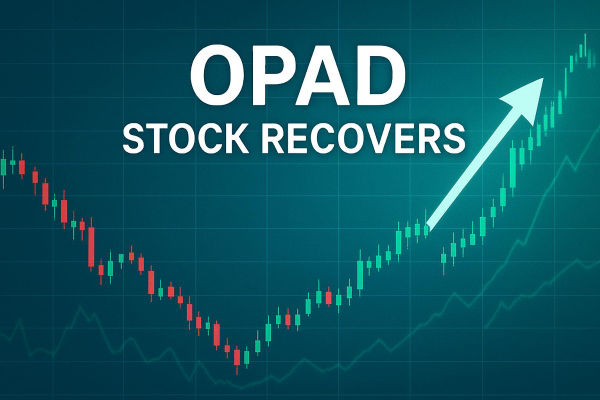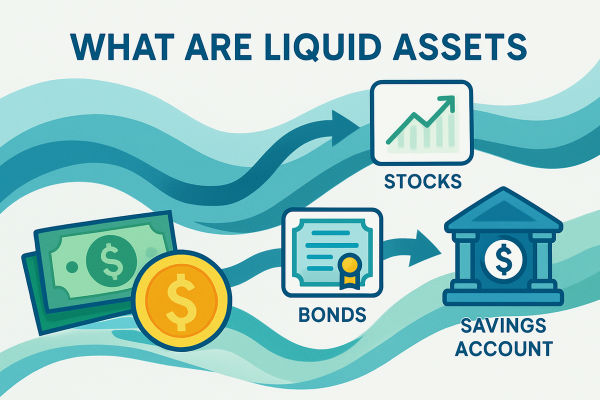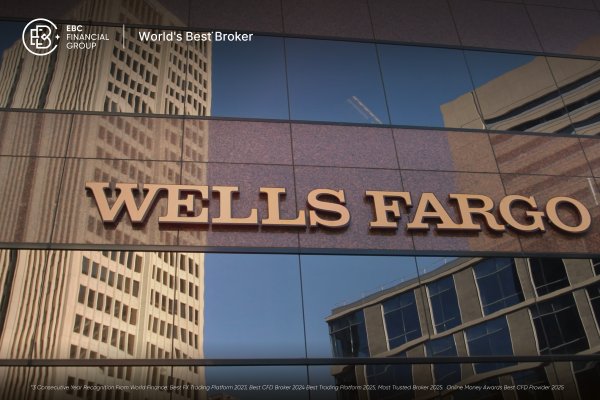Opendoor Technologies Inc. (NASDAQ: OPEN) has taken Wall Street by storm, rising an incredible 188% in just one week. This big rally has brought the iBuyer, which was having trouble, back into the spotlight.
But as the excitement grows, investors have a big question: Should you buy, hold, or sell Opendoor stock right now?
This article will discuss the key factors that contributed to the stock's remarkable rise, assess the company's financial situation, risks, and provide predictions about what might happen to OPEN as it searches for the long-awaited turnaround in 2025.
Opendoor Stock 188% Surge: What's Behind the Rally?

1) Meme-Stock Mania Returns
Opendoor (NASDAQ: OPEN), a SPAC-turned-listed iBuyer, has emerged as a meme stock darling. In five trading days, it skyrocketed 188%, climbing from under $0.80 to $2.25, fueled by viral posts on Reddit's r/WallStreetBets and amplified on X/Twitter and StockTwits.
Retail interest surged roughly 140–400%, creating a classic short squeeze on over 20% short interest.
2) Hedge Fund Catalyst
A well-known hedge fund manager, Eric Jackson, renowned for early bets on Carvana, set a bold $82 target, citing Opendoor's cost cuts, improved margins, and potential housing market recovery.
3) Volume Explosion & Options Activity
A surge in call options, indicating speculative momentum investing, and record-breaking trading volumes of 466 million shares in a session, or more than 60% of its float, have been observed at Opendoor.
Fundamentals vs Speculation
Improving Margins with No Profit
Despite rising enthusiasm, Opendoor remains unprofitable. However, operational gains are noteworthy: the contribution margin turned positive in 2024 (+4.7%, up from a negative 3.7% in 2023).
The company expects a positive adjusted EBITDA in Q2 2025, its first quarterly profit.
Improved Liquidity
Opendoor has around $679 million in cash and access to $6.9 billion in non-recourse debt, providing a buffer to restructure operations or withstand slow housing cycles.
Housing Market Headwinds
The long-term viability of its model faces macro risks: elevated interest rates, tepid home sales, and shrinking housing inventory pose headwinds to sustained profitability.
Should You Buy, Hold, or Sell Opendoor Stock?

Buy
If you believe in meme-based short squeezes and momentum investing.
If Opendoor provides Q2 guidance that demonstrates profitability and good macroeconomic indicators.
If you are aggressively speculating with strict stop-loss discipline.
Hold
If you are already invested and want to ride the wave with caution.
Keep track of upcoming catalysts, including August profits, housing data, and a split vote.
Consider partial profit-taking to lock in gains while maintaining upward potential.
Sell
Given the danger of fade after expiration or split, this is especially smart if you are looking for short-term trades.
Analyst Insights & Price Targets
A few analysts remain pessimistic. For example, a lack of underlying momentum and housing market uncertainties led Goldman Sachs to set a $0.90 target and issue a sell rating.
On a more positive note, optimistic recovery and rebirth narratives lead bullish hedge fund experts to estimate a target of up to $80.
Major Risks to Watch
Volatility of Meme Stocks
Viral momentum is driving this rally more so than fundamentals. A dramatic reversal might happen if interest wanes, particularly given the low float and strong retail sentiment.
Sustained Risk of Funding
Since going public on the SPAC in 2020, Opendoor has yet to report a profitable year. Analysts caution that a balance sheet supports or reentering the penny stock market.
Uncertainty in Strategy
The goal of a planned reverse stock split (1-for-10 to 1-for-50) is to draw institutional interest and prevent delisting. When invested, it has the potential to alter market dynamics and dilute the holdings of current investors.
Trading Strategies and What to Monitor Next?

Day Traders: Exploit momentum trades with very short hold times and strict risk controls.
Swing Traders: Use technical indicators—like resistance at $2.50–$3.00, support at $1.50—for trade entries.
Long-Term Investors: Wait for operational turnaround consistency and sustainability before adding exposure.
As to what traders and investors should monitor next, listed are some key events to keep track of:
Q2 2025 Earnings – A profitable quarter could legitimise the narrative.
Reverse Split Vote (July 28) – Could stabilise the stock or trigger volatility.
Housing Data & Interest Rates – The market context is crucial for the iBuyer model.
Sentiment & Retail Metrics – Any drop in Reddit and X buzz could reverse the rally.
Conclusion
In conclusion, Opendoor's 188% surge is undeniably dramatic. It's a textbook meme-stock scenario—underpinned by short-covering, momentum traders, and a bold turnaround narrative.
Thus, if you're speculative and nimble, a buy-and-hold strategy with tight risk controls may pay off. However, if you're risk-averse or fundamentally driven, consider selling or trimming and watching for more concrete proof.
Disclaimer: This material is for general information purposes only and is not intended as (and should not be considered to be) financial, investment or other advice on which reliance should be placed. No opinion given in the material constitutes a recommendation by EBC or the author that any particular investment, security, transaction or investment strategy is suitable for any specific person.
























